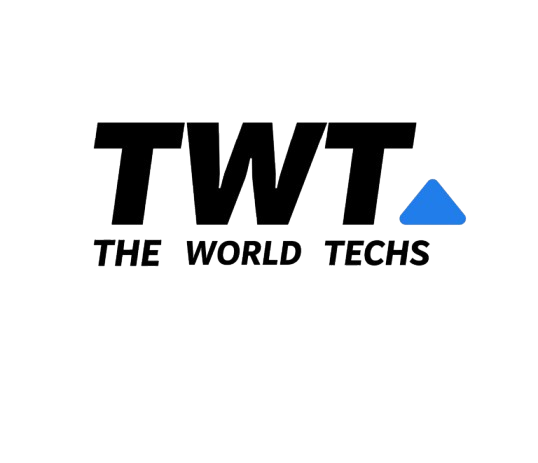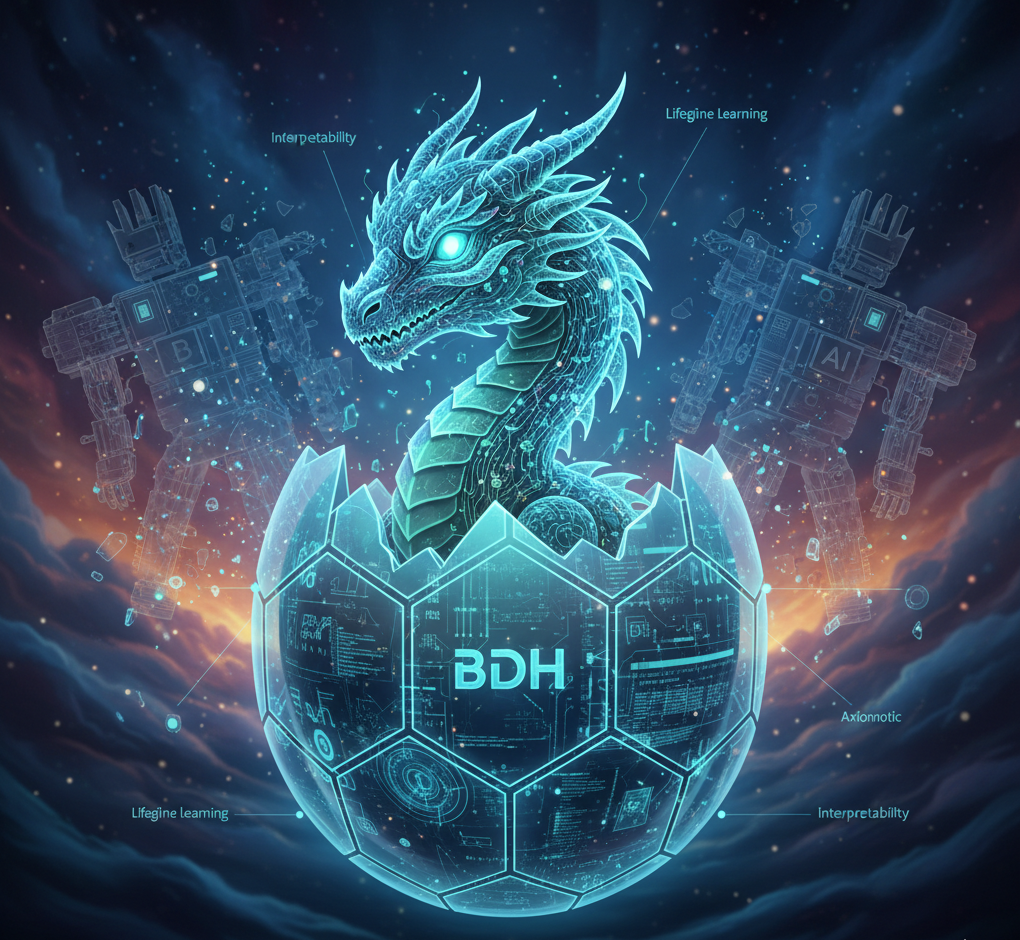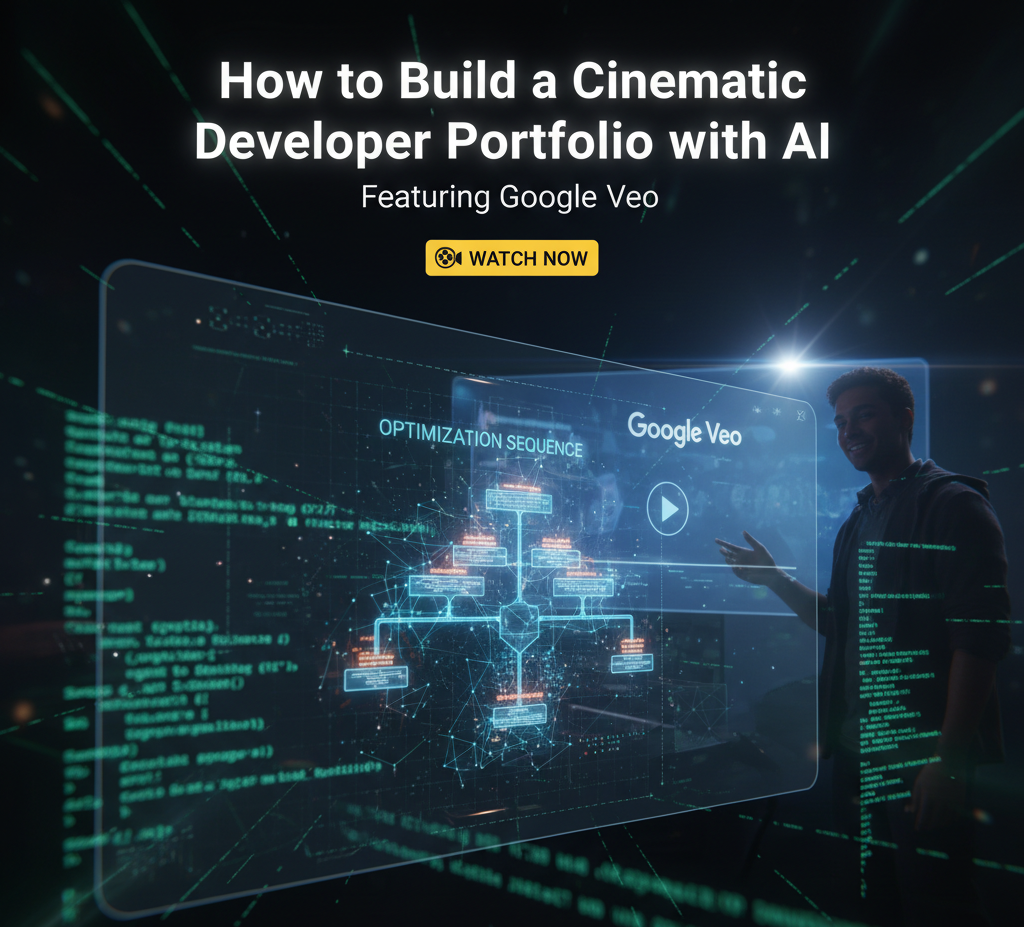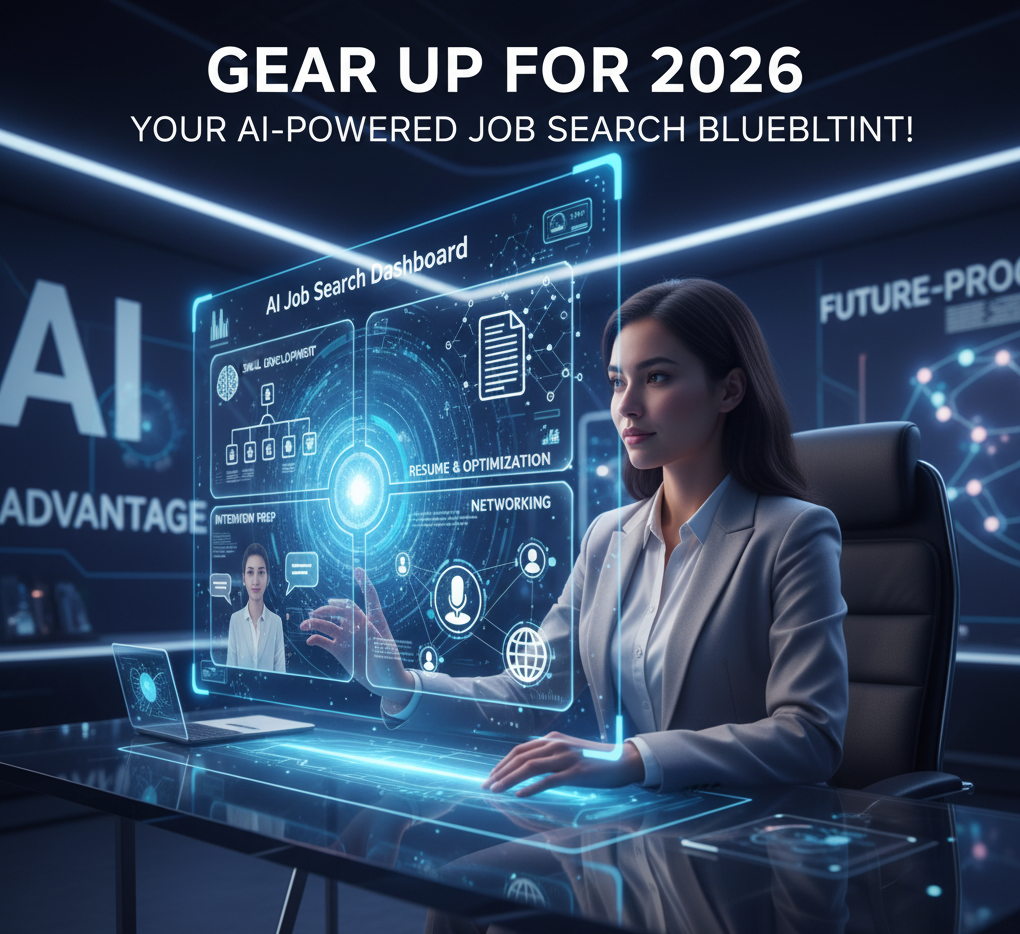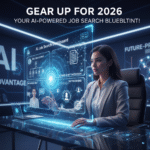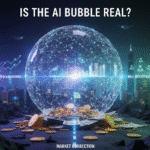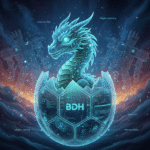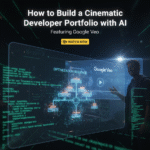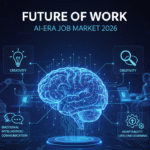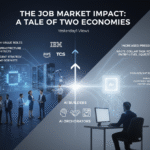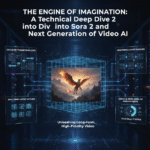Now Reading: Is the AI Bubble Real? Unpacking the Hype, the History, and Your Path to Relevance
-
01
Is the AI Bubble Real? Unpacking the Hype, the History, and Your Path to Relevance
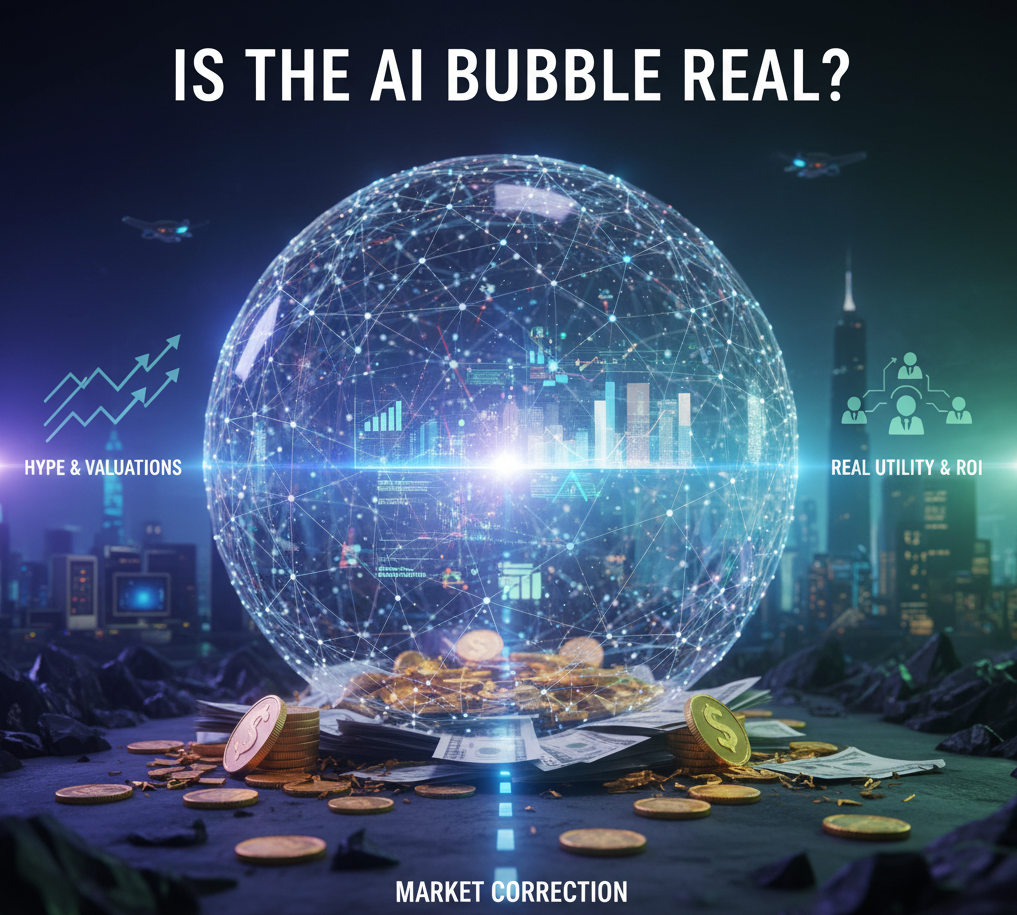
Is the AI Bubble Real? Unpacking the Hype, the History, and Your Path to Relevance
The buzz around Artificial Intelligence, especially Generative AI, is deafening. From groundbreaking advancements in creativity to unprecedented productivity boosts, AI promises to redefine industries and reshape our daily lives. Venture capital is flowing, valuations are soaring, and every major tech player is racing to plant their flag in this new frontier.
But amidst the euphoria, a critical question echoes through boardrooms and investment forums: Is the AI bubble real? Are we witnessing a sustainable technological revolution, or are we heading for a painful market correction reminiscent of past tech booms?
Let’s unpack the AI bubble debate, examine its potential causes, draw parallels (and distinctions) from history, and most importantly, equip you with strategies to stay not just afloat, but thriving, in this evolving landscape.
What Exactly Is the AI Bubble?
At its core, the “AI bubble” refers to the concern that the valuations of companies in the Artificial Intelligence sector (particularly Generative AI) have far outpaced their actual, proven revenue, profitability, or sustainable business models. It suggests that investor enthusiasm, speculation, and hype are driving prices to unsustainable levels, creating an inflated market that could eventually “burst.”
This isn’t to say AI isn’t transformative. It unequivocally is. The concern isn’t about the technology’s potential, but rather the rapid, sometimes irrational, financial frenzy surrounding it.
What’s Fueling the AI Hype Cycle?
Several factors are contributing to the current AI hype cycle:
- Unprecedented Technological Leaps: The rapid evolution of large language models (LLMs) and diffusion models has made AI accessible and impactful in ways previously unimaginable. Tools like ChatGPT, Midjourney, and Stable Diffusion have captured public imagination.
- Massive Investment Influx: Venture Capital firms and tech giants are pouring billions into AI startups and research. This substantial funding fuels innovation but also inflates valuations before clear ROI is established.
- Fear of Missing Out (FOMO): Companies and investors alike are desperate not to be left behind, leading to rushed investments and adoption without always considering long-term strategy.
- Media Frenzy: Constant news cycles, expert predictions, and viral demonstrations amplify the perceived immediate impact and potential returns of AI.
- Broad Applicability: AI’s potential to disrupt almost every industry—from healthcare and finance to creative arts and manufacturing—makes its perceived market incredibly vast.
AI Bubble vs. Dot-Com Bubble: Learning from History?
The current AI market correction debate often draws comparisons to the infamous dot-com bubble of the late 1990s and early 2000s. Are the parallels valid?
| Feature | Dot-Com Bubble (Late 90s) | Current AI Landscape |
| Technology | Internet, E-commerce | Artificial Intelligence, Generative AI, Machine Learning |
| Hype Drivers | “Get online or die,” IPO frenzy | “AI-first strategy,” massive VC funding rounds |
| Valuations | Sky-high for companies with little revenue | High valuations for companies with unproven profitability |
| Key Difference | Many companies had no viable business model; infrastructure was nascent. | AI is a foundational technology with clear, demonstrated utility and ROI in many areas. The infrastructure is robust. |
| Outlook | Massive bust, but ultimately paved the way for internet giants. | Potential for consolidation, valuation adjustments, but the underlying technology is here to stay. |
How to Stay Relevant in the AI Market: Your Actionable Playbook
Regardless of whether a full-blown Generative AI bubble bursts or merely deflates, the reality is that AI is reshaping the professional world. Here’s how to future-proof your career and stay relevant:
- Master Prompt Engineering & AI Interaction: Learn how to effectively communicate with AI tools. Understanding how to craft precise prompts to achieve desired outputs (text, images, code) is a critical new skill across almost all domains.
- Focus on AI-Human Collaboration: The future isn’t about AI replacing humans entirely, but about humans leveraging AI to achieve more. Identify how AI can augment your unique skills, automate mundane tasks, and free you up for higher-level strategic thinking.
- Understand AI’s Limitations and Ethics: Recognize what AI can’t do (yet) and the ethical considerations (bias, privacy, misuse). This critical understanding makes you an indispensable voice in responsible AI implementation.
- Develop Niche AI Applications: Instead of broad AI knowledge, specialize in how AI impacts a specific industry or function (e.g., AI in marketing, AI for bioinformatics, AI-powered customer service). This creates focused expertise.
- Cultivate Adaptability and Continuous Learning: The AI landscape is evolving at breakneck speed. Embrace a mindset of lifelong learning. Stay updated with new models, tools, and best practices.
- Prioritize Uniquely Human Skills: Creativity, critical thinking, emotional intelligence, complex problem-solving, and communication are skills that AI struggles to replicate. These become more valuable, not less, in an AI-driven world.
- Seek Out Real ROI: For businesses, focus on AI implementations that deliver clear, measurable Return on Investment. Avoid adopting AI just for the sake of it; prioritize solutions that solve real business problems or create tangible value.
The Bottom Line
The question of whether the AI bubble is real isn’t about dismissing the power of AI, but rather about bringing a dose of reality to market expectations. We are likely in an inflated period, but unlike some past bubbles, the underlying technology is robust and truly transformative.
The key to navigating this era isn’t fear, but informed action. By understanding the dynamics of the AI market and proactively developing skills that complement, rather than compete with, AI, you can ensure your career and investments remain resilient and relevant, no matter how the market fluctuates.
What do you think? Are we in an AI bubble? Share your thoughts in the comments below!
